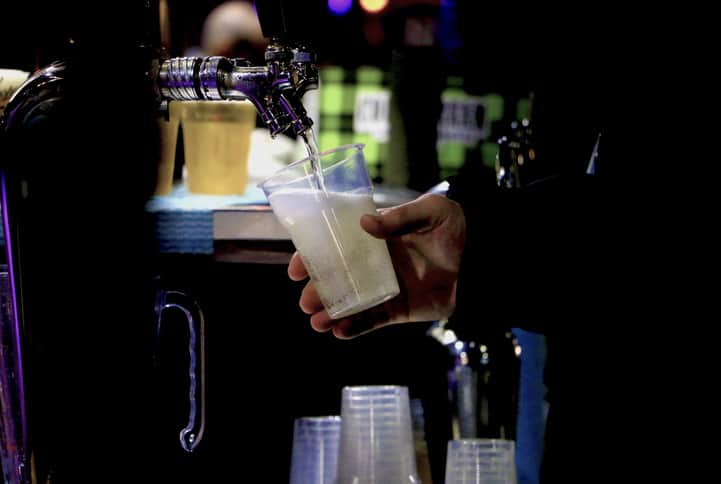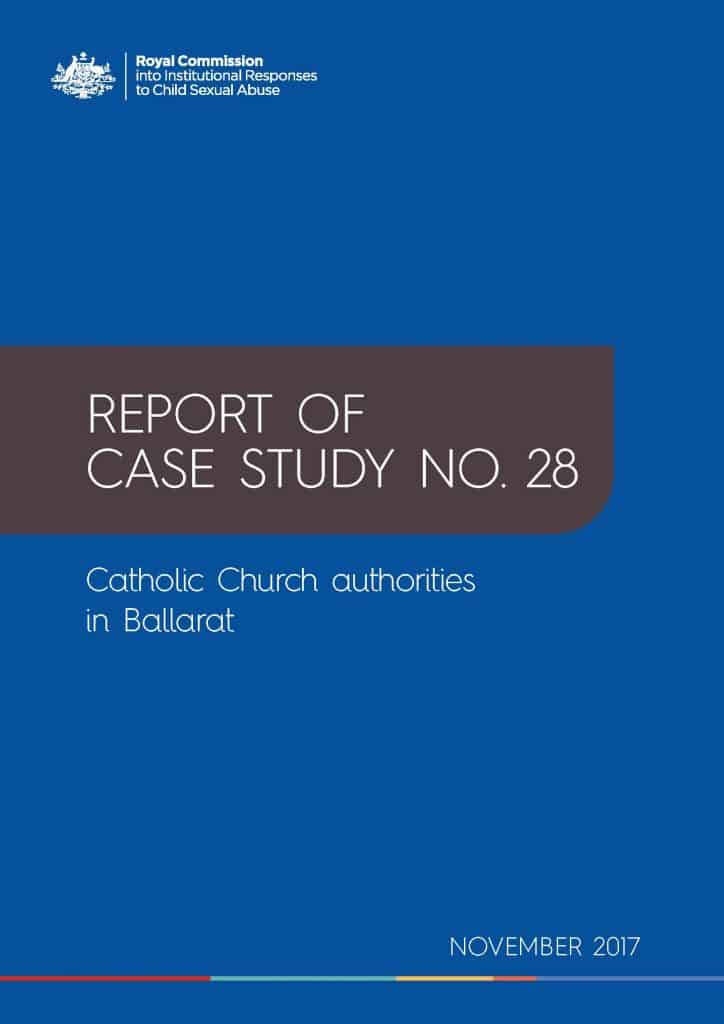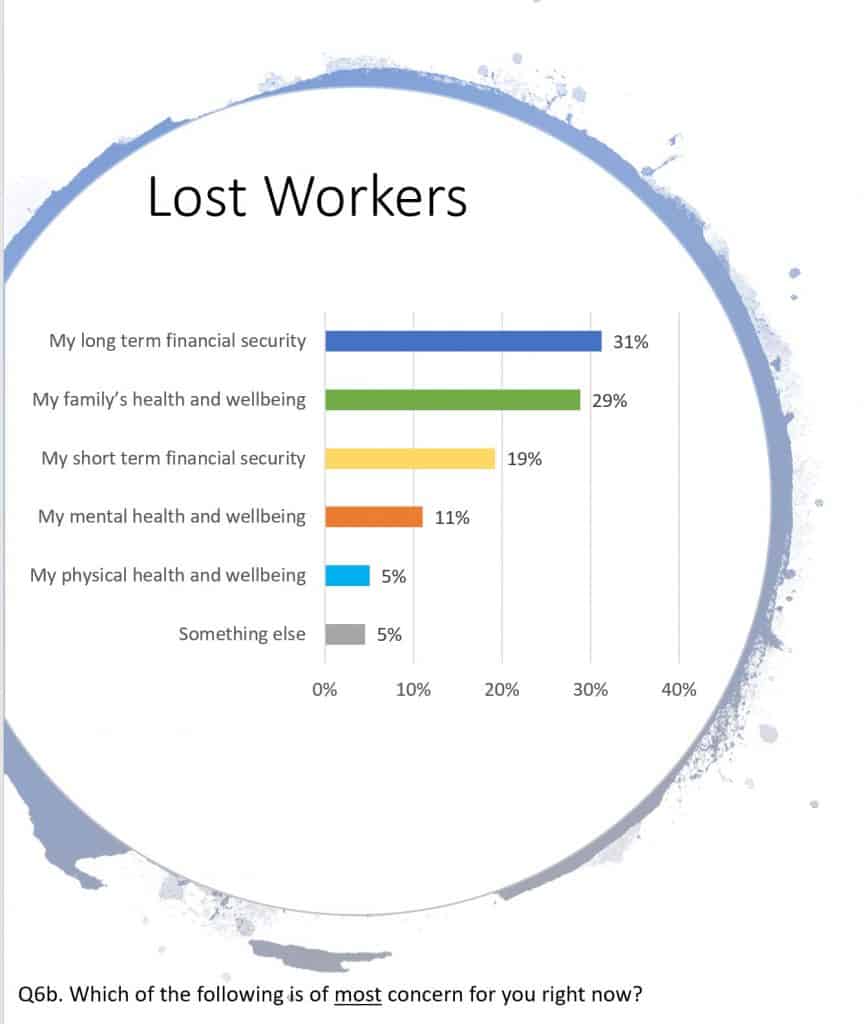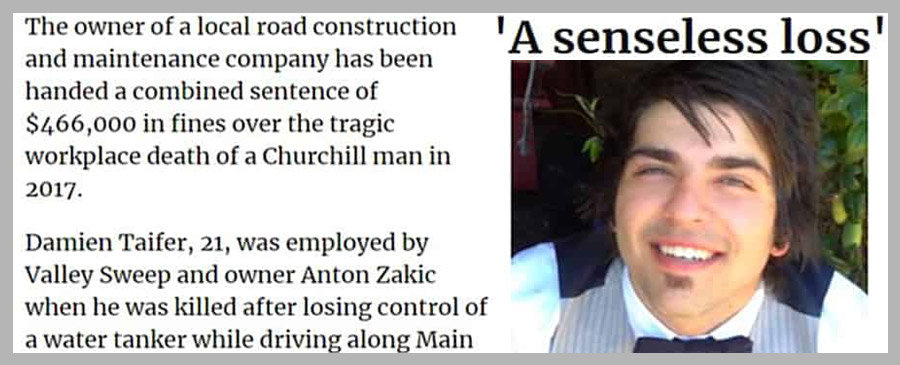Last week Australia’s Attorney-General, Christian Porter (Liberal Party), spoke of the occupational health and safety (OHS) of gig workers in the food delivery sector and illustrated a perspective that is less helpful than it could be.
Category: young
Suicide statistics could benefit from a different analysis
Regular readers of this blog would be aware that I feel that the prevention of suicide gains less attention than early intervention and that mental health has dominated suicide discussions to the point that suicides without a mental health context are largely ignored. This situation is starting to change with non-psychological pressures gaining some acknowledgement, if not examination. Mental health still dominates but the pool of contributory factors is expanding.
On 30 November 2020, the Medical Journal of Australia published the best recent example of this change, an article called “Suicide by young Australians, 2006-20415: a cross-sectional analysis of national coronial data.” The most useful statement in the research report, and the media release, is:
Hospitality survey shows the size of the hurdle to reform

Hospo Voice, a trade union for Australian hospitality workers has released a report on a survey of more than 4000 workers between March and June 2020. #RebuildHospo: A Post-Covid Roadmap For Secure Jobs In Hospitality has all the limitations of other surveys done by members of an organisation rather than independent research but this report offers a framework for safe and decent work that reflects many of the occupational Health and safety (OHS) that SafetyAtWorkBlog has reported on.
The union claims that hospitality workers endorse four important work elements:
- Secure jobs,
- End to wage theft,
- Safe and respectful workplaces, and
- Justice for migrant workers
OHS has a thin presence in this report, mainly discussed in that third bulletpoint but an integrated analysis would show that OHS is involved with more of the elements.
Truck driver death is relevant to all
Well before the push for Industrial Manslaughter laws was the occupational health and safety (OHS) offence of “reckless conduct”. A media report from the LaTrobe Valley Express recently showed how one employer’s neglect of basic safety practices and processes resulted in the death on 21-year-old Damien Taifer.
OHS, organisational culture, sex abuse and the Catholic Church

The discussion of “organisational culture” has tried to remain apolitical or amoral, but it always relies of case studies to illustrate the academic and ephemeral. Largely these studies involve major disasters, but few people work in heavy industry, chemical plants, or offshore oil rigs. Better examples could be sought by looking at other industries, such as the Catholic Church. (I really hope someone is examining this relationship in a PhD)
Workers and COVID19 survey

Last week the Australian Council of Trade Unions (ACTU) released some research into workers and COVID19. It is not peer-reviewed and there will certainly be much more research into the disruption and personal and occupational responses to the coronavirus disruption over the next few months. The survey results do not specifically analyse occupational health and safety (OHS) issues but there are clues to future considerations.
The media release, understandably, discusses the changed employment status or arrangements. The OHS hazards associated with precarious work are well-established and the survey illustrates the extent of precarity in Australian workplace, so mental health issues are going to come to the fore as government-imposed isolation continues and/or businesses reopen.
Young workers don’t know their OHS rights or their employer’s duty of care – Duh!

On March 10 2020, the Andrews Labor Government and the Minister for Workplace Safety, Jill Hennessy, released a media statement about a “social experiment” involving the safety of young workers, in response to the fact that “about 50 young workers are injured every week”.
The statement said that the campaign is
“… warning employers to protect young workers and making sure young Victorians are aware of their rights through a powerful new campaign …..
[and]
“…is part of a social experiment which saw young workers aged 18-25 asked to participate in a mock job information session for a research company.”
The significant finding was that

